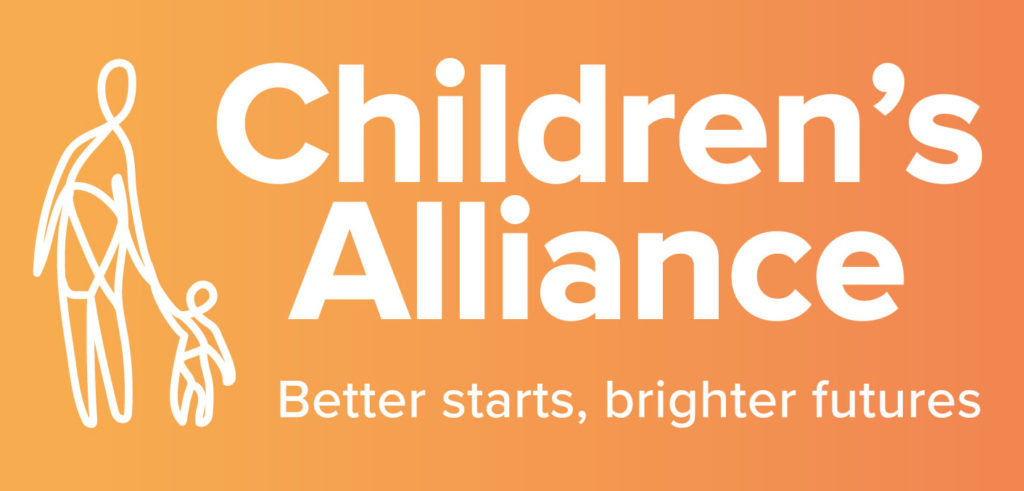The PhD by Publication

Peter Fazekas
‘Life is difficult. This is a great truth. One of the greatest truths.’ The opening sentence of M. Scott Peck’s seminal text, The Road Less Travelled, had my attention immediately. I read his book in my very early twenties just as I was completing my student training to qualify as a Mental Health Nurse, in my home county of Donegal. The book resonated with me as young woman back then, as I had seen a lot of the harshness of life as a student nurse and the difficulties that people experienced due to mental ill health. I was also quite naive about what lay ahead for me in my life. I was optimistic about where life would take me and what I might accomplish over the course of my future and my career. I had no appreciation then that I would travel to England and be domicile here for the next thirty-five years or more, as my career and continued education opened paths and gateways that I never envisaged or anticipated. And yes, some parts of my journey were difficult, as a nod here to M. Scott Peck. When I left home for England in 1987, I promised that I would return once I considered myself to be more qualified and accomplished in my career. Surprisingly perhaps, I never thought that I would eventually achieve what would be one of my greatest achievements, that is, my PhD award.
The QAA 2020 defines the main characteristics of the PhD by Publication as follows:
‘A candidate presents a portfolio of interconnected published research papers contextualised by a coherent narrative, demonstrating overall an original contribution to knowledge. Such publications may include papers, chapters, monographs, books, scholarly editions of a text, technical reports, creative works in relevant areas, or other artefact’ (p.8).
Smith 2015 emphasizes that the PhD by Publication is a very useful alternative for individuals who are already widely published, are established researchers or mid-career academics. I would also add that the route can appeal to those individuals who have a diverse professional back story on which to draw from, in the context of prospective publications on a given theme and research interest. It is fair to say that the typical traditional research doctorate is just one form of the range of other PhD programmes, including a taught PhD, or a professional doctorate. There is a consensus in academia that the undertaking of a doctoral study is about the creation of original and coherent contribution to knowledge. However, there are two key differences between the traditional PhD route and that of the PhD by Publication.
Firstly, the traditional PhD is based on a supervised programme of study with an allocated supervision team, to assist with the progression towards the submission of the final thesis. Whereas the PhD by Publication candidate will work closely with their Mentor and, their thesis is based on a selection of coherently themed peer-reviewed publications. Secondly, the candidate on the traditional route will be trained and supervised by their allocated supervisors in research methodology, to identify the most appropriate methodology for their research. Whereby the PhD by Publication candidate’s research methodology is recognised and evaluated within the retrospective analysis of their publications. The PhD by published work still attracts the smallest uptake by candidates. Admittedly, this road less travelled that I decided to navigate was in fact, long and windy. There were plenty of bumps on the way which jolted my confidence on occasion and, at certain times I got a bit lost or ran out of fuel. In some ways, it felt like a pioneering journey and at times lonesome, as there were very few of my academic colleagues or, other doctoral candidates who had or were pursuing this route.

To cut a very long story short, having worked in various services relating to mental health, drug and alcohol misuse, domestic violence, and child protection, I eventually started my academic career with the University of Worcester in the summer of 2007. I took up my position as a Senior Lecturer with the former Centre for Early Childhood and I quickly immersed myself in the business of teaching and subsequently researching and writing for publication. I was very fortunate to work with inspirational colleagues who invited and encouraged me to write a series of book chapters which focused on my expertise from my professional history. The chapter themes and peer-reviewed journal articles related to issues of children’s rights, child protection, domestic violence and subsequently, the professional development of Early Childhood Educators and Carers. My research did not happen in an isolated vacuum, I was very involved with my collegiate communities of academics and students within and beyond the university. Mantai 2017 describes how PhD candidates interact with others, develop their own support networks and learn and develop internally and externally to their research environments. This is despite the soundings in the literature of student isolation and loneliness.
Mantai (2017) also relates how doctoral candidates face many intellectual and emotional challenges, some of which can result in students’ ‘feelings of intellectual inferiority’ amongst their peers, akin to imposter syndrome (p.638). I reflect on how I had to really dig deep at times to find my doctoral voice. One of the safest places in doing so was with my wonderful PhD Mentor, who gave me the time and space to articulate my ideas, my research woes and my thinking about how to extrapolate the essential ‘cover story’ Lee, 2010, of my combined selected publications for the final portfolio. In amplifying my doctoral voice, I made good use of research seminars to talk to my peers about my research journey so far. I also attended national and international conferences to present my research and the germinating synthesis of my combined publications and their contribution to knowledge.
The final examination of the PhD by Publication does of course involve the Viva as with all PhD candidates. The submitted review of my selected publications, along with the necessary synthesis of the publications to demonstrate their coherency, originality and critical contribution to knowledge underwent the required examination and scrutiny. Undoubtedly, this was a challenging and extraordinary experience in the last lap of my PhD journey, but I endured and enjoyed it very much indeed.
Niven and Grant 2012 write how they discovered that PhDs by publications ‘are not an ‘easy way out’ to the qualification’….there is nothing in our experience that suggests this mode is ‘easier’ than traditional doctoral studies’ (p.110). The authors comment on the most rewarding and creative aspects of this PhD route which is the ‘importance of the person of the researcher’ (p.110) and the significance of the reflective narrative of the doctoral experience as a journey. These thoughts are salient as I conclude with my own observations as a previous PhD by Publication candidate. In research ‘emphasis is given to the importance of “critical subjectivity” which should not be suppressed, as it is also an anchor to the researcher’s inquiry so that we do not become overwhelmed….[or] become lost in our own narrative’ McLoone-Richards, 2021, p. 4. In short, as researchers we all have our stories based on our personal, professional and academic experiences. These narratives inform who we are as researchers, and it is this recognition that particularly resonates with the PhD by Publication in extricating the so called ‘cover-story’ of our collected works.
Key Messages for the potential PhD by Publication candidate:
As a published author or if you are considering developing your publication profile, do remain mindful of the importance of identifying the common and coherent theme/s within your final selection of publications for your thesis.
You should have the opportunity to be involved in the selection of your Mentor who will work closely with you for the duration of your PhD journey. Ideally, this should be someone who has previous knowledge and experience of the PhD by Publication route. So, ensure this person is someone you can relate to as this is important in developing a constructive, challenging and supportive academic relationship.
Finally, have faith in yourself and your abilities. There will be good days and there will be days when you may feel like giving up on your PhD, but keep going on that road!
Dr. Claire McLoone-Richards
Claire is a Senior Lecturer in the Department of Violence Prevention, Trauma and Criminology, School of Psychology, University of Worcester, and a member of the Trauma & Violence Prevention research theme within the Interpersonal Relationships and Wellbeing Research Group. She is currently the Course Leader for the MA in Understanding Domestic and Sexual Violence MA Understanding Domestic and Sexual Violence and her research and teaching expertise is related to child and adult protection, institutional child abuse, professional advocacy and violence prevention.























